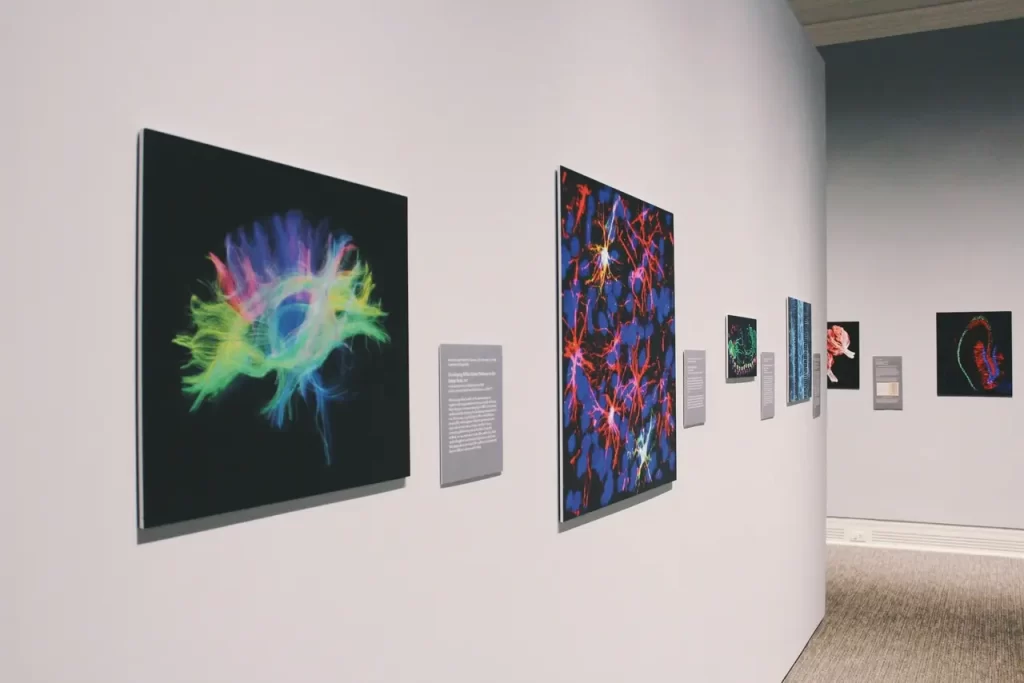Neuroprotective Mechanisms: Safeguarding the Brain Against Injury and Disease
Neuroprotective mechanisms encompass a diverse array of biological processes and molecular pathways that act to preserve the structure and function of the nervous system, safeguarding against injury, degeneration, and disease. Understanding these mechanisms is crucial for developing interventions to prevent or mitigate neurological disorders and optimize brain health. This analysis delves into the intricate web of neuroprotective mechanisms, highlighting their roles in maintaining neuronal integrity, promoting resilience, and combating neurodegeneration.
Cellular and Molecular Defense Systems
– Antioxidant Defense:
Oxidative stress, characterized by an imbalance between reactive oxygen species (ROS) production and antioxidant defenses, is a common driver of neuronal damage and neurodegeneration. Neuroprotective mechanisms counteract oxidative stress through the scavenging of ROS, upregulation of antioxidant enzymes (e.g., superoxide dismutase, catalase), and activation of redox signaling pathways (e.g., Nrf2-ARE pathway), preserving cellular homeostasis and preventing oxidative damage.
– Anti-inflammatory Responses:
Chronic inflammation contributes to neuronal injury and neurodegeneration in various neurological disorders. Neuroprotective mechanisms modulate inflammatory signaling pathways, downregulate pro-inflammatory cytokines (e.g., TNF-α, IL-1β), and upregulate anti-inflammatory mediators (e.g., IL-10, TGF-β), dampening neuroinflammatory responses and promoting resolution of inflammation to protect against tissue damage.
– DNA Repair and Maintenance:
Genomic instability, DNA damage, and impaired DNA repair mechanisms are implicated in neurodegenerative diseases and aging-related cognitive decline. Neuroprotective mechanisms maintain genomic integrity through DNA repair pathways (e.g., base excision repair, nucleotide excision repair) and epigenetic modifications (e.g., histone acetylation, DNA methylation), preserving neuronal function and preventing accumulation of DNA lesions.
Trophic Support and Neuroplasticity
– Neurotrophic Factors:
Neurotrophic factors such as brain-derived neurotrophic factor (BDNF), nerve growth factor (NGF), and glial cell-derived neurotrophic factor (GDNF) play pivotal roles in promoting neuronal survival, growth, and plasticity. Neuroprotective mechanisms upregulate neurotrophic factor expression, enhance receptor signaling (e.g., TrkB, TrkA), and support neurogenesis, axonal regeneration, and synaptogenesis, fostering neuronal resilience and adaptive responses to injury and disease.
– Synaptic Plasticity:
Neuroprotective mechanisms sustain synaptic integrity and function through the modulation of synaptic transmission, dendritic arborization, and synaptic plasticity mechanisms such as long-term potentiation (LTP) and long-term depression (LTD). Synaptic activity, neurotransmitter release, and neuronal connectivity are preserved through neuroprotective processes, promoting cognitive function and memory consolidation.
Metabolic Regulation and Energy Homeostasis
– Mitochondrial Function:
Mitochondrial dysfunction, characterized by impaired bioenergetics, oxidative stress, and calcium dysregulation, is a hallmark of neurodegenerative diseases and ischemic injury. Neuroprotective mechanisms maintain mitochondrial integrity, support ATP production, and regulate mitochondrial dynamics (e.g., fission, fusion), ensuring efficient energy metabolism and preventing neuronal damage associated with mitochondrial dysfunction.
– Metabolic Flexibility:
Neuroprotective mechanisms confer metabolic flexibility to neurons, allowing them to adapt to fluctuations in energy demand and substrate availability. Ketone bodies, derived from fatty acid metabolism, serve as alternative energy sources during glucose deprivation or metabolic stress, supporting neuronal viability and function under conditions of metabolic challenge or nutrient scarcity.
Extracellular Matrix and Blood-Brain Barrier Integrity
– Extracellular Matrix Remodeling:
The extracellular matrix (ECM) provides structural support, regulates synaptic connectivity, and modulates neuronal plasticity in the brain. Neuroprotective mechanisms maintain ECM integrity, regulate protease activity (e.g., MMPs, TIMPs), and promote ECM remodeling, preserving neuronal architecture and synaptic stability while preventing aberrant ECM deposition and neurodegeneration.
– Blood-Brain Barrier Function:
The blood-brain barrier (BBB) regulates the exchange of molecules between the bloodstream and the brain, protecting against neurotoxic substances, pathogens, and inflammatory mediators. Neuroprotective mechanisms maintain BBB integrity through tight junction proteins, transporter systems, and pericyte-endothelial interactions, preventing blood-brain barrier dysfunction and mitigating neuroinflammation and neurodegeneration.
Conclusion
Neuroprotective mechanisms represent a multifaceted network of cellular and molecular processes that serve to preserve neuronal integrity, promote resilience, and combat neurodegeneration. By understanding the intricacies of these mechanisms, researchers and clinicians can develop targeted interventions to prevent or mitigate neurological disorders, optimize brain health, and promote healthy aging. Harnessing the power of neuroprotection holds promise for unlocking new therapeutic strategies and improving outcomes for individuals affected by neurological injury and disease.
Thank you for taking the time to explore Kingwood Memory Care & Assisted Living. We’re committed to providing compassionate and personalized care for individuals with memory-related challenges. If you have any questions or would like to learn more about our services, please don’t hesitate to reach out to us at 281.892.1400 or via email at info@kingwoodmemorycare.com. We’re here to support you and your loved ones on this journey.





